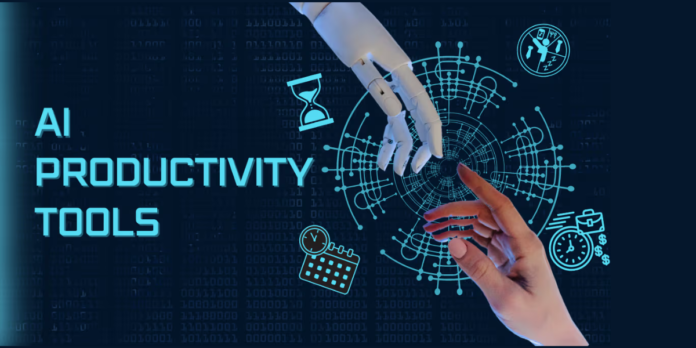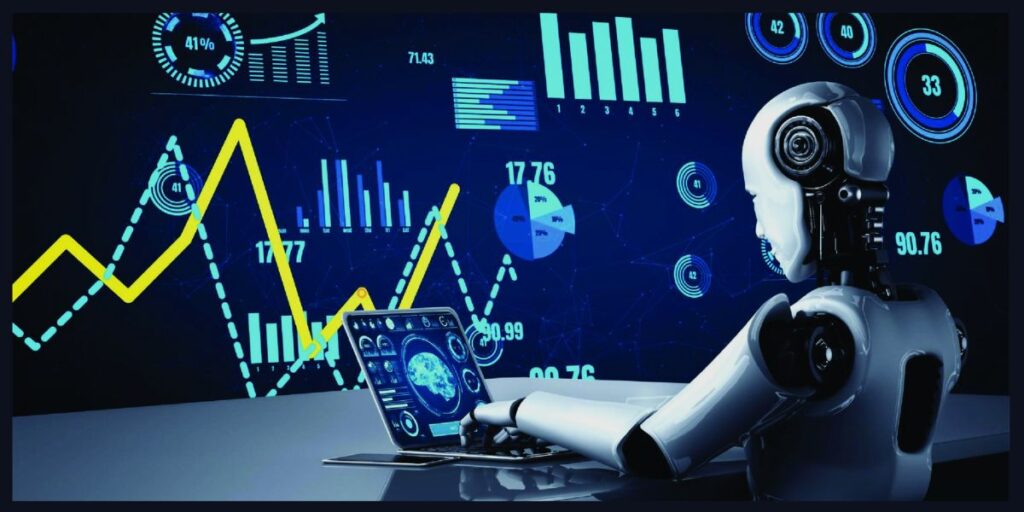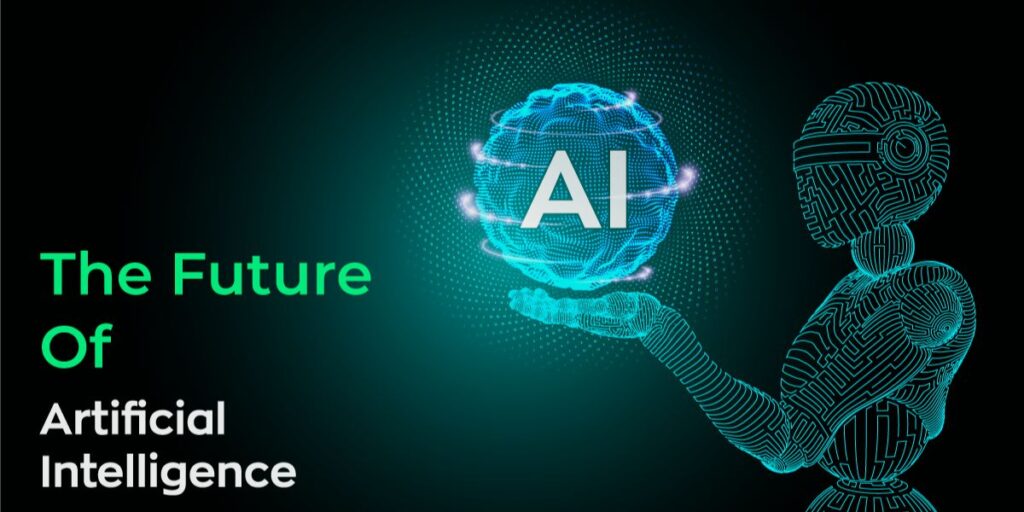The quest for efficiency and productivity is relentless in today’s fast-paced, digitally connected world. Businesses, entrepreneurs, and even students constantly search for ways to streamline processes, reduce manual effort, and maximize output. Enter AI-driven productivity tools, a burgeoning category of software and platforms that leverage artificial intelligence to enhance, automate, and optimize various tasks. These tools are not just changing how we work; they are fundamentally transforming the landscape of productivity.
Understanding AI-Driven Productivity Tools
At its core, artificial intelligence (AI) refers to the development of computer systems that can perform tasks normally requiring human intelligence. These tasks include learning, reasoning, problem-solving, and even understanding natural language. When AI is integrated into productivity tools, it provides users with advanced capabilities that go far beyond traditional software. Whether it’s automating repetitive tasks, generating insights from data, or enabling more effective communication. AI-driven tools are designed to make work more efficient and intelligent.
Automation: The Heart of AI-Driven Productivity
One of the most significant advantages of AI-driven productivity tools is their ability to automate routine tasks. Automation has long been a key factor in improving productivity, but AI takes it to the next level. Tools like AI-powered task managers and workflow automation platforms can intelligently prioritize tasks, set reminders, and even automate responses based on past behaviors and preferences.
For example, AI-powered email management tools can automatically sort incoming emails based on their content, flagging important messages and filtering out spam. This reduces the time spent on email management and ensures that critical communications are not missed. Similarly, AI-driven scheduling tools can analyze your calendar and suggest the best times for meetings. Taking into account the availability of all participants and the urgency of the meeting.
Beyond these everyday applications, AI-driven automation can also be seen in more complex workflows. In project management, for example, AI can predict project timelines, and allocate resources more effectively. And even identify potential risks before they become problems. This proactive approach helps teams stay on track and avoid costly delays.
Enhancing Collaboration with AI
Collaboration is at the heart of most modern workplaces, and AI-driven tools are playing a pivotal role in enhancing how teams work together. Traditional collaboration tools like email and shared documents are being augmented by AI to provide more dynamic and intelligent communication solutions.
AI-powered chatbots and virtual assistants, for instance, are becoming indispensable in many organizations. These tools can facilitate real-time communication by providing instant answers to questions. Automating routine queries, and even summarizing meetings or discussions. This reduces the need for back-and-forth emails and allows teams to focus on more critical tasks.
Moreover, AI-driven collaboration tools can analyze communication patterns within a team to identify bottlenecks or areas where communication can be improved. By providing insights into how teams interact. These tools can help leaders make informed decisions about team dynamics and workflow processes.
AI in Data Management and Analysis
Data is often referred to as the new oil and with good reason. In today’s data-driven world, the ability to quickly and accurately analyze information is crucial for making informed decisions. AI-driven productivity tools excel in this area by providing advanced data management and analysis capabilities.
One of the most powerful applications of AI in data management is in the realm of big data. AI-driven analytics platforms can process vast amounts of data in real time, identifying trends, patterns, and anomalies that would be impossible for humans to detect. These insights can then be used to inform business strategies, optimize operations, and even predict future trends.
For businesses that rely on customer data, AI-driven tools can analyze customer behavior, preferences, and feedback to create more personalized experiences. For example, AI-powered customer relationship management (CRM) systems can automatically segment customers based on their behavior and tailor marketing campaigns to each segment. This not only improves customer satisfaction but also drives sales and revenue growth.
In addition to these applications, AI-driven data management tools are also being used to improve cybersecurity. By analyzing network traffic and user behavior, AI can detect potential security threats in real time and take action to prevent data breaches. This proactive approach to cybersecurity is becoming increasingly important as businesses continue to digitize their operations.
Boosting Creativity and Innovation
While AI-driven productivity tools are often associated with automation and efficiency. They are also playing a role in boosting creativity and innovation. AI can assist in generating new ideas, optimizing creative processes, and even producing original content.
For example, AI-powered design tools can analyze existing design elements and suggest improvements or alternatives that align with current trends. These tools can also automate repetitive design tasks, such as resizing images or selecting color palettes, freeing up designers to focus on more creative aspects of their work.
In the world of content creation, AI-driven tools are being used to generate written content, create video scripts, and even compose music. While these tools are not yet capable of replacing human creativity, they can serve as valuable assistants, providing inspiration and helping creators explore new possibilities.
Moreover, AI-driven tools can enhance brainstorming sessions by generating ideas based on input from team members. These tools can analyze vast amounts of information and suggest novel solutions or approaches that may not have been considered otherwise. This capability is particularly valuable in fields that require constant innovation, such as technology, marketing, and product development.
The Future of AI-Driven Productivity Tools
The rise of AI-driven productivity tools is just the beginning of a broader transformation in how we work. As AI technology continues to evolve, these tools will become even more sophisticated, offering new capabilities and possibilities. The integration of AI into productivity tools is expected to lead to more personalized work experiences. Where tools adapt to the individual needs and preferences of users.
Moreover, the ongoing development of AI in areas such as natural language processing, machine learning, and computer vision will unlock new applications for productivity tools. For instance, we may see AI-driven tools that can understand and process complex human emotions. Enabling more empathetic and effective communication in the workplace.
However, as with any technological advancement, the rise of AI-driven productivity tools also raises important ethical considerations. Issues such as data privacy, algorithmic bias, and the impact of automation on jobs will need to be carefully managed to ensure that these tools are used responsibly and for the benefit of all.
Conclusion
AI-driven productivity tools are revolutionizing the modern workspace, offering unprecedented levels of automation, efficiency, and intelligence. From automating routine tasks to enhancing collaboration, managing data, and boosting creativity. These tools are reshaping how we work and interact with technology. As AI continues to advance, the potential for these tools will only grow. Promising a future where work is not just more productive, but also more engaging, innovative, and fulfilling.





